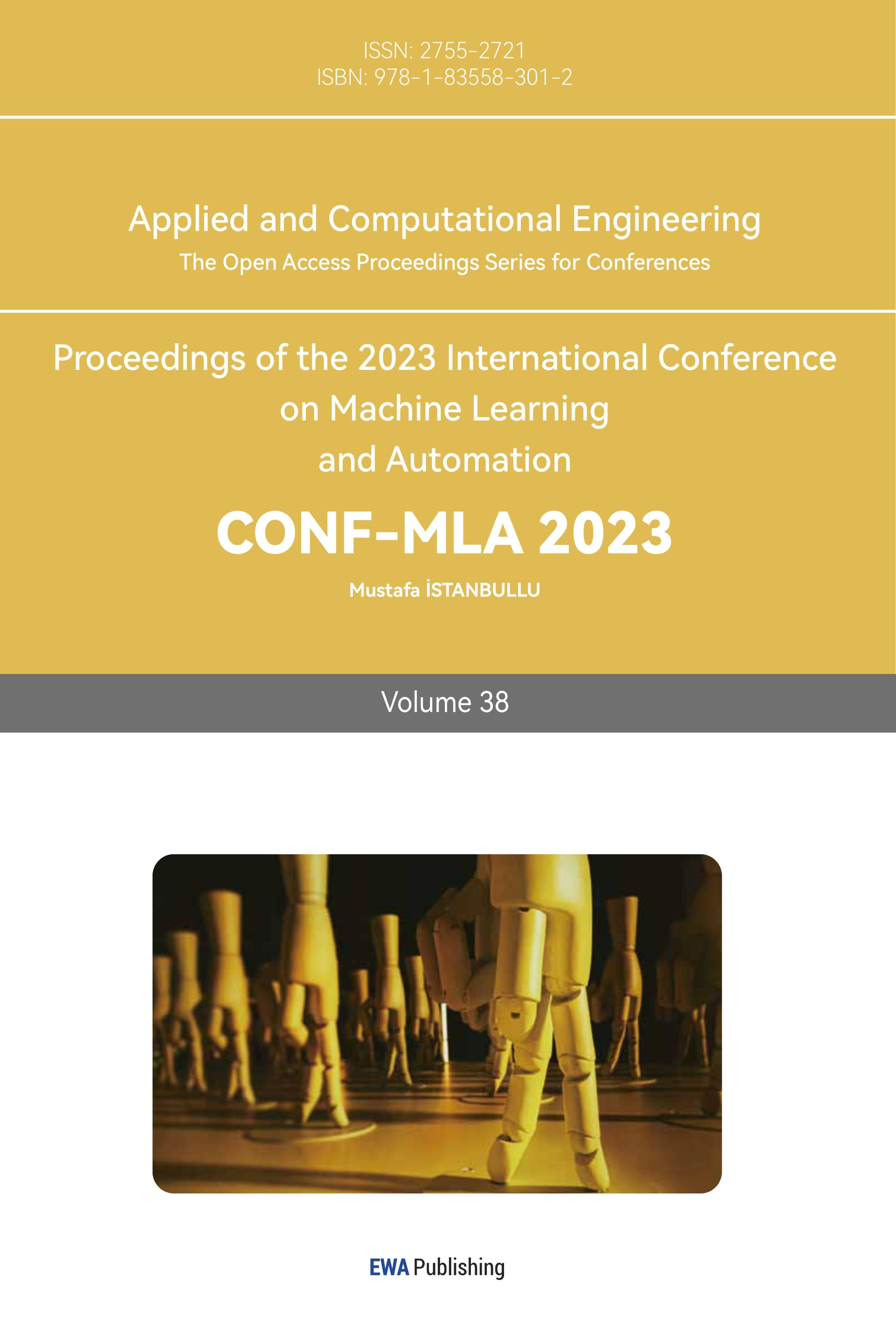References
[1]. Wen Y. Research and Implementation of Intelligent ERP Platform for SMEs Based on Cloud Computing. IOP conference series. Materials Science and Engineering. 2019;646(1):12014–21.
[2]. Lv T, Zhang J, Chen Y. Research of ERP Platform based on Cloud Computing. IOP conference series. Materials Science and Engineering. 2018;394(4):42004
[3]. Wang XL, Wang L, Bi Z, Li YY, Xu Y. Cloud computing in human resource management (HRM) system for small and medium enterprises (SMEs). International journal of advanced manufacturing technology. 2016;84(1-4):485-496.
[4]. Overbeek S, Klievink B, Janssen M. A Flexible, Event-Driven, Service-Oriented Architecture for Orchestrating Service Delivery. IEEE intelligent systems. 2009;24(5):31–41.
[5]. Lombardi F, Di Pietro R. Secure virtualization for cloud computing. Journal of network and computer applications. 2011;34(4):1113–1122.
[6]. Mauch V, Kunze M, Hillenbrand M. High performance cloud computing. Future generation computer systems. 2013;29(6):1408–1416.
[7]. Benlian A, Hess T. Opportunities and risks of software-as-a-service: Findings from a survey of IT executives. Decision Support Systems. 2011;52(1):232–246.
[8]. Porambage P, Okwuibe J, Liyanage M, Ylianttila M, Taleb T. Survey on Multi-Access Edge Computing for Internet of Things Realization. IEEE Communications surveys and tutorials. 2018;20(4):2961-2991.
[9]. Heilig L, Lalla-Ruiz E, Vo S. A cloud brokerage approach for solving the resource management problem in multi-cloud environments. Computers & industrial engineering. 2016;95:16-26.
[10]. Larrucea X, Santamaria I, Colomo-Palacios R, Ebert C. Microservices. IEEE software. 2018;35(3):96–100.
Cite this article
Wang,Z. (2024). Application of cloud computing technology in enterprise resource management. Applied and Computational Engineering,38,192-199.
Data availability
The datasets used and/or analyzed during the current study will be available from the authors upon reasonable request.
Disclaimer/Publisher's Note
The statements, opinions and data contained in all publications are solely those of the individual author(s) and contributor(s) and not of EWA Publishing and/or the editor(s). EWA Publishing and/or the editor(s) disclaim responsibility for any injury to people or property resulting from any ideas, methods, instructions or products referred to in the content.
About volume
Volume title: Proceedings of the 2023 International Conference on Machine Learning and Automation
© 2024 by the author(s). Licensee EWA Publishing, Oxford, UK. This article is an open access article distributed under the terms and
conditions of the Creative Commons Attribution (CC BY) license. Authors who
publish this series agree to the following terms:
1. Authors retain copyright and grant the series right of first publication with the work simultaneously licensed under a Creative Commons
Attribution License that allows others to share the work with an acknowledgment of the work's authorship and initial publication in this
series.
2. Authors are able to enter into separate, additional contractual arrangements for the non-exclusive distribution of the series's published
version of the work (e.g., post it to an institutional repository or publish it in a book), with an acknowledgment of its initial
publication in this series.
3. Authors are permitted and encouraged to post their work online (e.g., in institutional repositories or on their website) prior to and
during the submission process, as it can lead to productive exchanges, as well as earlier and greater citation of published work (See
Open access policy for details).
References
[1]. Wen Y. Research and Implementation of Intelligent ERP Platform for SMEs Based on Cloud Computing. IOP conference series. Materials Science and Engineering. 2019;646(1):12014–21.
[2]. Lv T, Zhang J, Chen Y. Research of ERP Platform based on Cloud Computing. IOP conference series. Materials Science and Engineering. 2018;394(4):42004
[3]. Wang XL, Wang L, Bi Z, Li YY, Xu Y. Cloud computing in human resource management (HRM) system for small and medium enterprises (SMEs). International journal of advanced manufacturing technology. 2016;84(1-4):485-496.
[4]. Overbeek S, Klievink B, Janssen M. A Flexible, Event-Driven, Service-Oriented Architecture for Orchestrating Service Delivery. IEEE intelligent systems. 2009;24(5):31–41.
[5]. Lombardi F, Di Pietro R. Secure virtualization for cloud computing. Journal of network and computer applications. 2011;34(4):1113–1122.
[6]. Mauch V, Kunze M, Hillenbrand M. High performance cloud computing. Future generation computer systems. 2013;29(6):1408–1416.
[7]. Benlian A, Hess T. Opportunities and risks of software-as-a-service: Findings from a survey of IT executives. Decision Support Systems. 2011;52(1):232–246.
[8]. Porambage P, Okwuibe J, Liyanage M, Ylianttila M, Taleb T. Survey on Multi-Access Edge Computing for Internet of Things Realization. IEEE Communications surveys and tutorials. 2018;20(4):2961-2991.
[9]. Heilig L, Lalla-Ruiz E, Vo S. A cloud brokerage approach for solving the resource management problem in multi-cloud environments. Computers & industrial engineering. 2016;95:16-26.
[10]. Larrucea X, Santamaria I, Colomo-Palacios R, Ebert C. Microservices. IEEE software. 2018;35(3):96–100.









